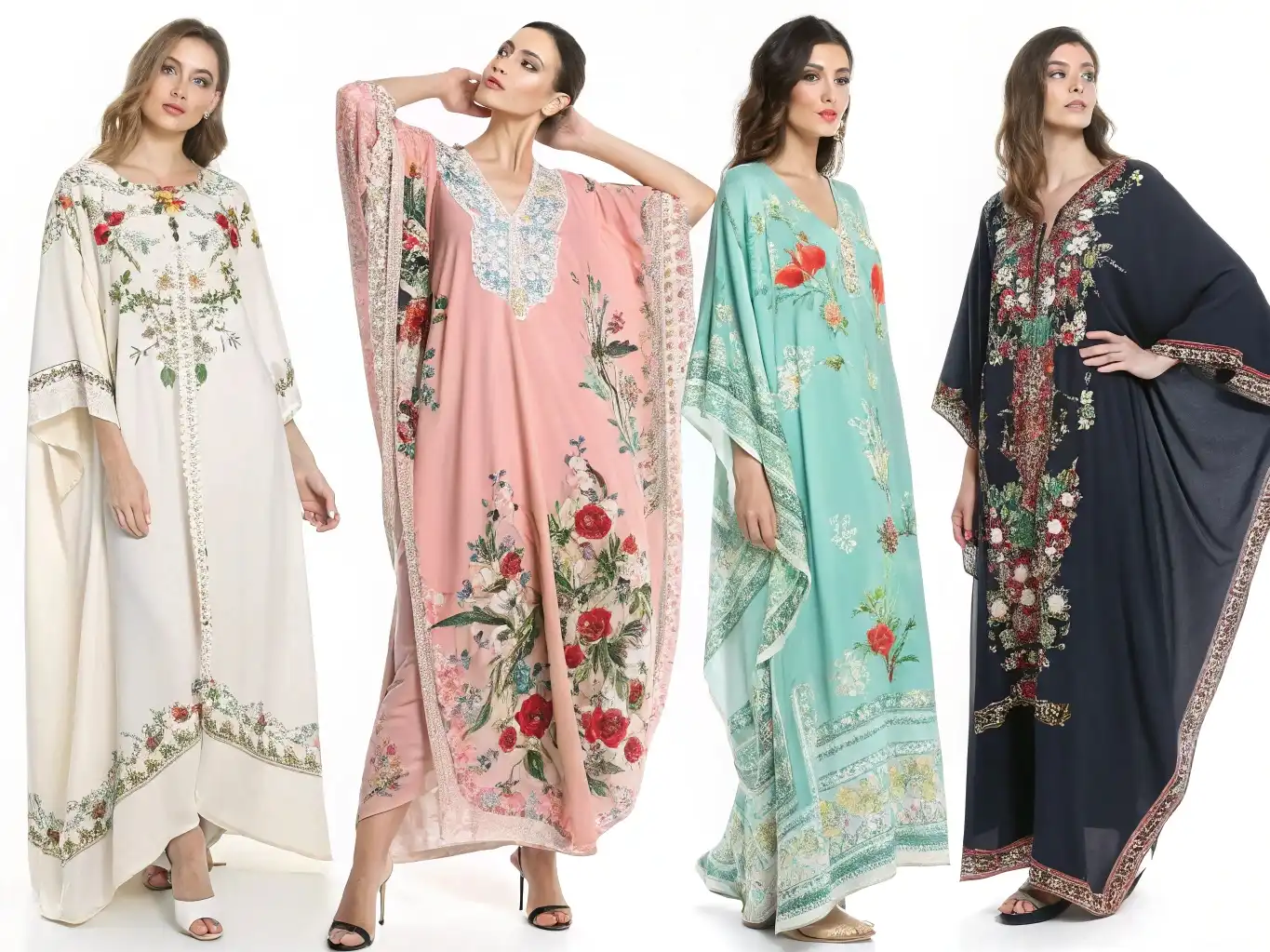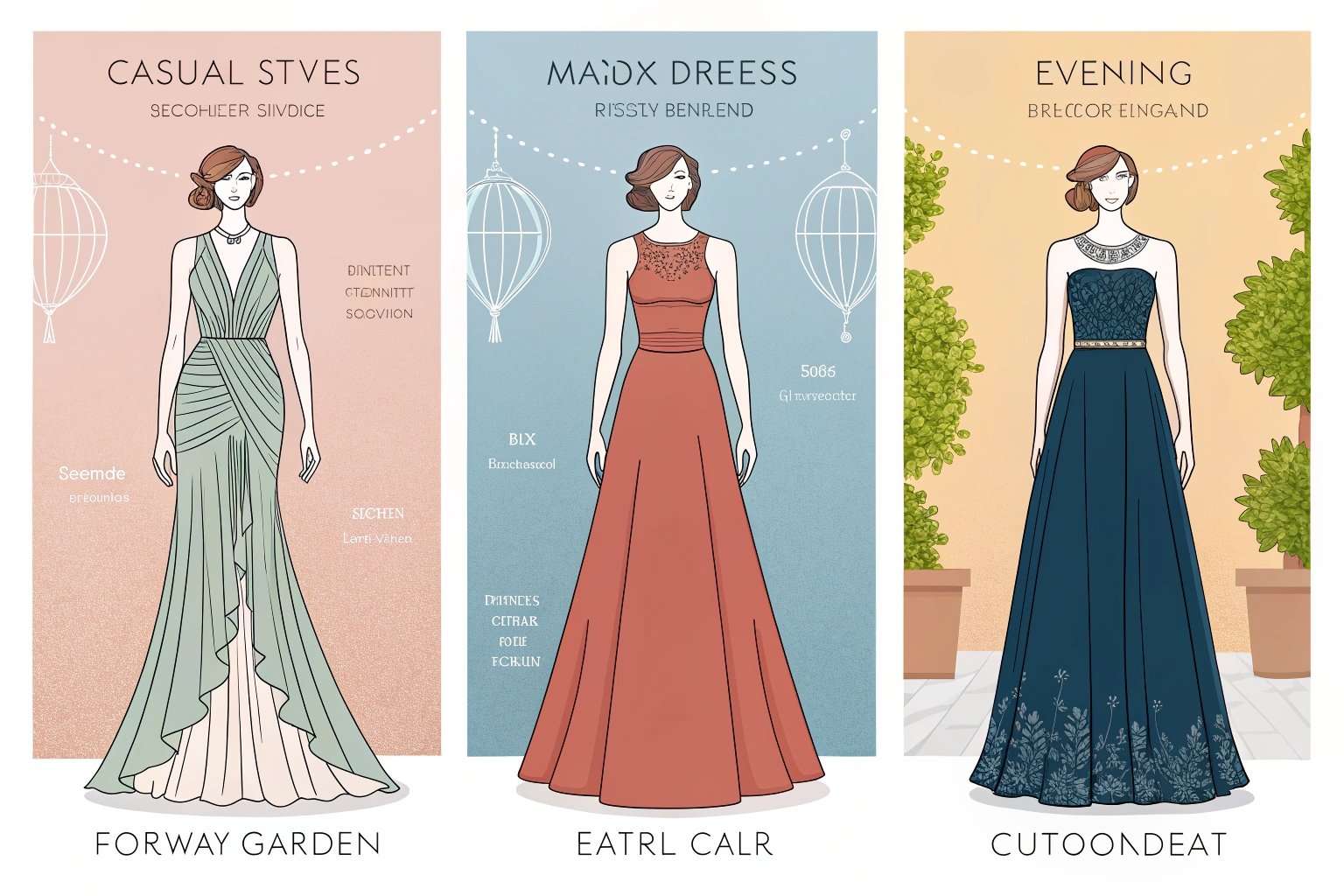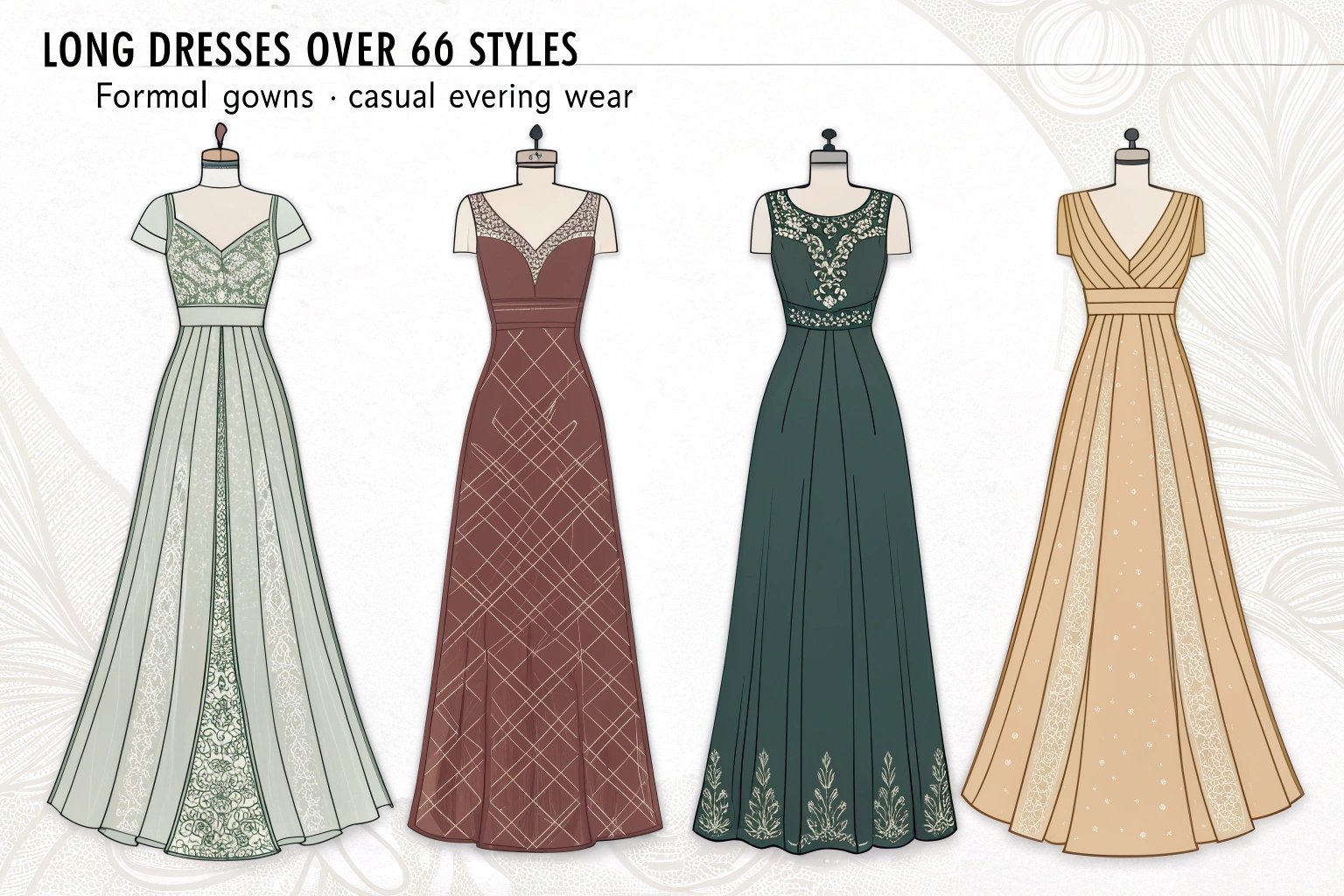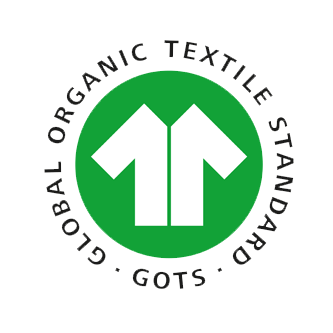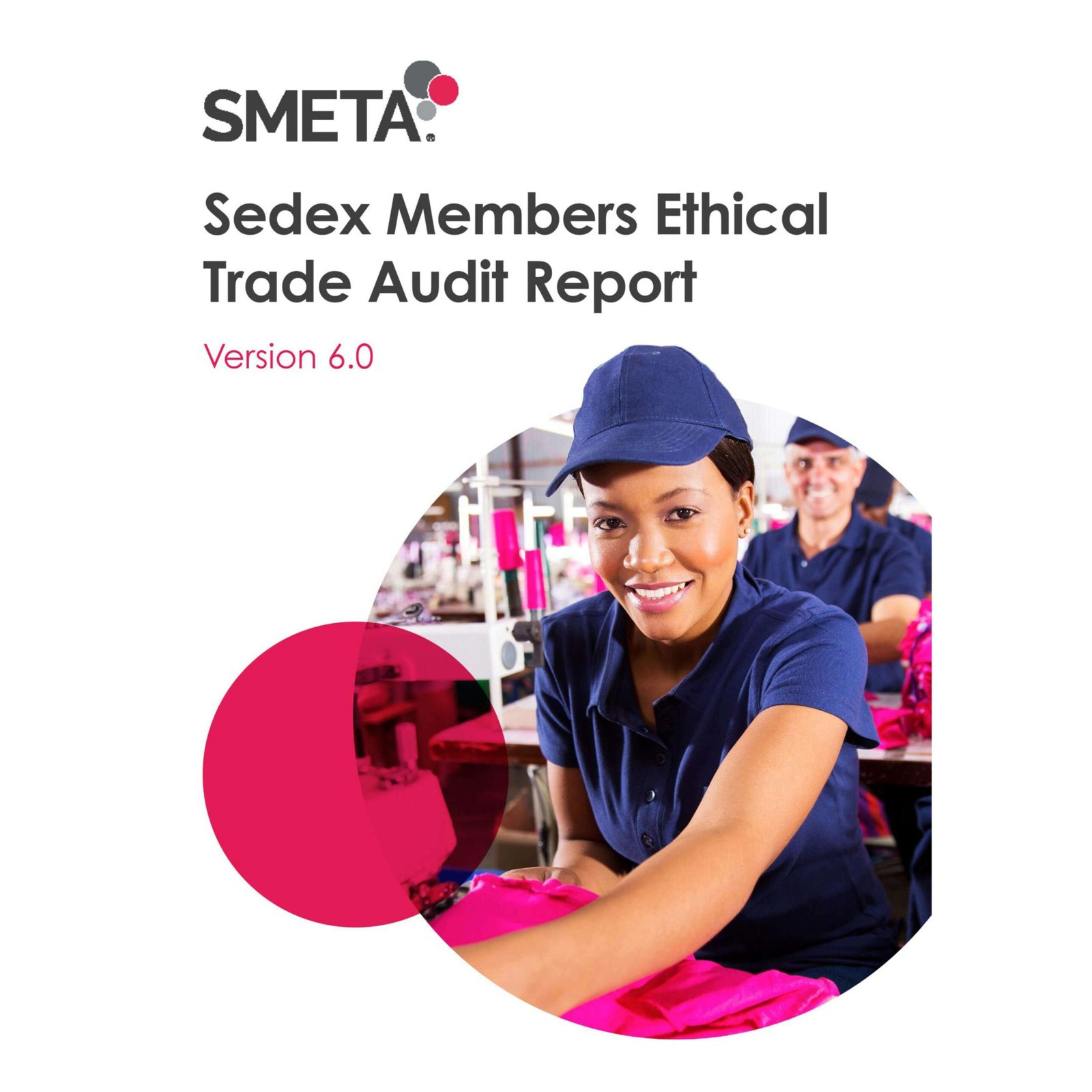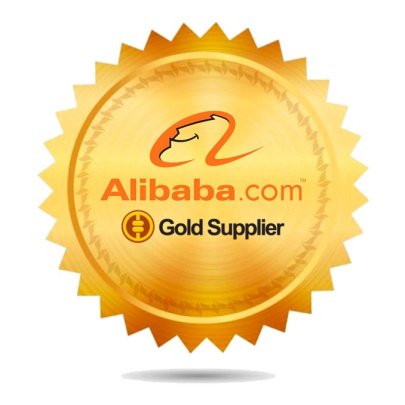Streetwear isn’t just a trend—it’s a diverse movement influencing global fashion and youth culture. But with so many styles under the streetwear umbrella, launching your own label (or finding the right manufacturer) can be confusing. Which type fits your vision, and how do you ensure your supplier actually “gets” your brand?
The four core types of streetwear1 are skatewear2, techwear3, athleisure4, and hypebeast style5. Each type has its own design DNA, cultural roots, and manufacturing requirements. To stand out and succeed, you need a manufacturer with proven expertise in your chosen niche and the flexibility to help you evolve with the market.
When I first explored streetwear manufacturing, I learned the hard way that not every “streetwear factory” is right for every subgenre. Here’s how I navigate the options, and how you can build a streetwear line that lasts.
What Defines the Four Core Styles of Streetwear Fashion?
Understanding the core categories helps you position your brand, connect with your audience, and source the right products.
Skatewear is inspired by skateboarding culture—loose fits, graphic tees, hoodies, and rugged fabrics. Techwear is futuristic and function-driven, featuring technical fabrics, multiple pockets, waterproofing, and a monochrome palette. Athleisure blends athletic gear with casual fashion—think joggers, sweatshirts, and sporty crop tops. Hypebeast style is hype-driven, logo-heavy, and focused on exclusivity, often involving limited drops and high-profile collaborations.
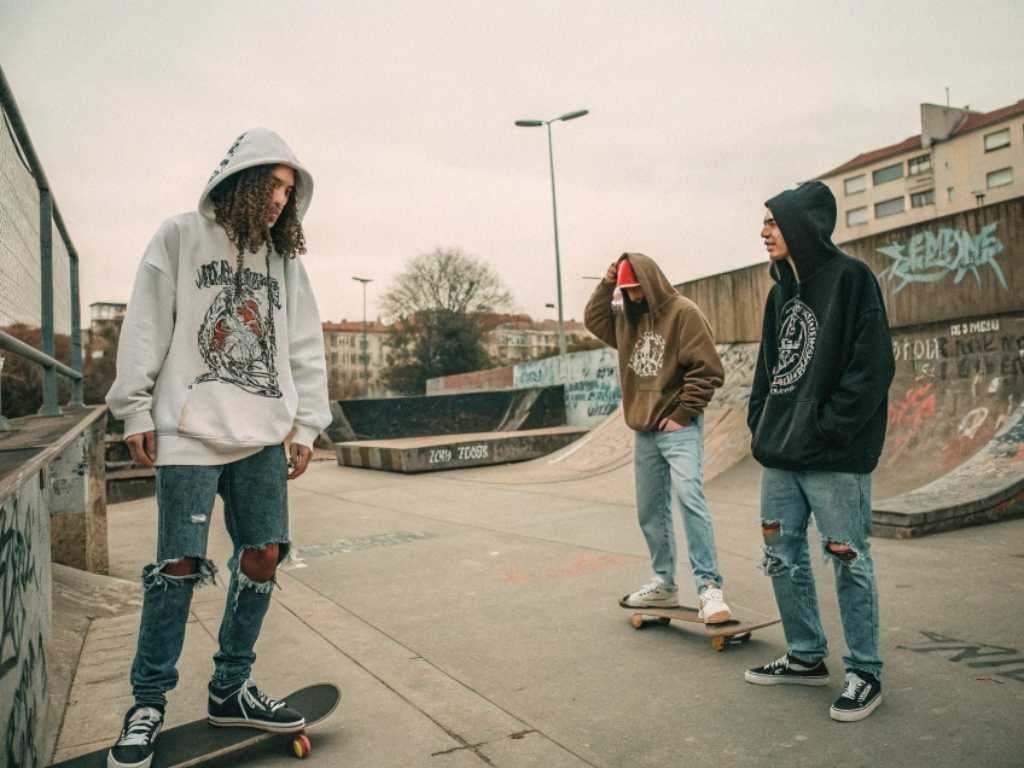 Streetwear Skaters
Streetwear Skaters
Design, Materials, and Brand Culture Comparison
| Type | Signature Designs | Typical Materials | Brand Culture |
|---|---|---|---|
| Skatewear | Loose fit, bold graphics, beanies | Heavyweight cotton, denim | DIY, rebellious, skatepark roots |
| Techwear | Zippers, straps, layers, modular | Ripstop nylon, Gore-Tex, mesh | Urban, futuristic, utility-first |
| Athleisure | Fitted sweats, leggings, sports bras | Stretch jersey, fleece, polyester | Health, versatility, laid-back cool |
| Hypebeast | Oversized logos, limited edition | Cotton blends, unique textiles | Hype, exclusivity, drop culture |
Each category has unique requirements in terms of construction, finishing, and detail.
Which Streetwear Type Is Right for Your Brand Vision?
Your target audience, price point, and cultural message should guide your streetwear category. Not all styles attract the same followers—or require the same factory skills.
Skatewear appeals to skaters, youth, and urban creatives. Techwear is for performance-driven, urban adventurers. Athleisure targets fitness fans and those wanting comfort everywhere. Hypebeast style draws hype-driven, trend-conscious consumers chasing the latest releases. To align with current streetwear trends, research your audience and plan collections with both authenticity and differentiation.
Streetwear Audiences and Market Positioning
| Category | Core Audience | Style Priorities | Current Trend Examples |
|---|---|---|---|
| Skatewear | Skaters, street artists | Durability, graphics, relaxed fit | Collab graphic tees, baggy cargos |
| Techwear | Urban explorers, gamers | Utility, waterproofing, tech | Cargo pants, multi-zip jackets |
| Athleisure | Fitness fans, commuters | Comfort, versatility, stretch | Cropped hoodies, matching sets |
| Hypebeast | Collectors, hype chasers | Limited drops, brand visibility | Exclusive collabs, bold logos |
Trends move fast—monitor leading brands, social media, and trade shows to keep your line relevant.
How to Find the Best Manufacturers for Streetwear Clothing Based on Your Chosen Style
Not every apparel factory is ready for technical, hype-driven, or skate-inspired collections. Specialty matters.
The best manufacturers for streetwear clothing demonstrate real experience with your category—showing finished samples, technical expertise, and proven ability with your required fabrics, stitching, and embellishments. Ask about their work on similar brands, and push for transparency around capabilities and past results.

Matching Manufacturer Expertise to Streetwear Style
| Streetwear Type | What to Look for in a Manufacturer | Critical Questions to Ask |
|---|---|---|
| Skatewear | Heavyweight sewing, screen-printing, embroidery | Can you show skatewear you’ve produced? |
| Techwear | Bonded seams, waterproofing, technical fabrics | What’s your experience with tech fabrics? |
| Athleisure | Stretch knits, coverstitch, athletic trims | How do you ensure stretch/fit quality? |
| Hypebeast | Branding, high-volume screen or heat transfer | Can you handle complex logo placements? |
Always request physical samples and references before committing to a new partner.
What Role Do Manufacturers Play in the Success of a Streetwear Brand?
Manufacturers are more than just suppliers—they are technical partners who determine whether your designs translate accurately from idea to final garment.
Top streetwear manufacturers help maintain design accuracy, keep up with construction innovations, and source materials that match your vision and price point. Their attention to detail on stitching, label placement, and finishing is what gives your brand credibility in a crowded market.
Design, Materials, and Credibility
- Design Accuracy: Factories must follow tech packs and artwork precisely—especially for graphics, trims, or pockets.
- Material Sourcing: Sourcing the right knits, blends, or technical fabrics impacts comfort, durability, and street authenticity.
- Stitching and Construction: Poor seams or missed details ruin credibility fast in streetwear, where buyers are detail-obsessed.
Look for manufacturers willing to prototype, test, and adjust based on your feedback—this collaboration is the backbone of streetwear success.
How to Build Long-Term Partnerships with the Best Streetwear Clothing Manufacturers
A strong manufacturing partnership is built on clear contracts, mutual respect, and regular, open communication.
Standard contract terms in streetwear include defined lead times, fair minimum order quantities (MOQs), quality control procedures, and intellectual property protections. Small brands can negotiate by starting with small runs, offering to feature the factory in brand stories, and being flexible on delivery schedules when possible.

Negotiation and Partnership Best Practices
| Partnership Factor | Why It Matters | Pro Tips |
|---|---|---|
| Lead Times | Impacts drop schedules and cash flow | Negotiate clear timelines and penalties |
| MOQ | Affects risk and inventory size | Seek factories offering 100–300 units per style |
| Communication | Prevents misunderstandings | Use written tech packs, regular check-ins |
| IP Protection | Prevents design copying | Specify IP in contracts, watermark designs |
Small brands should highlight their growth potential and offer to share production success on social channels—many manufacturers value reputation as much as order size.
Conclusion
The four core types of streetwear—skatewear, techwear, athleisure, and hypebeast—each require different design, materials, and manufacturing skills. By understanding your style, audience, and choosing a manufacturer with real niche expertise, you set your streetwear label up for both credibility and growth. Focus on clear partnerships, smart contracts, and long-term collaboration for the best results.
-
Explore the evolution of streetwear and its impact on global fashion trends. ↩
-
Learn about the unique characteristics and cultural significance of skatewear. ↩
-
Discover the innovative materials and designs that make techwear stand out. ↩
-
Understand the rise of athleisure and its blend of comfort and style. ↩
-
Dive into the hype-driven culture and its influence on streetwear. ↩


